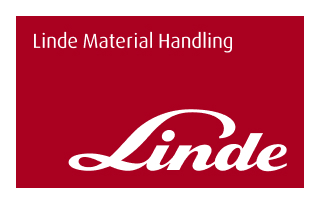- Blog
- Technical


In any warehouse or logistics operation, choosing the right equipment can make or break your efficiency, safety, and bottom line. Whether you're running a high-volume e-commerce facility or managing pallets in a distribution centre, the machinery you rely on plays a vital role in daily operations.
Two of the most commonly used machines in warehouse environments are order pickers and forklifts. While they may look similar to the untrained eye, they’re built for very different tasks. Understanding the core differences is essential to ensuring you're using the right tool for the job.
This guide will break down everything you need to know about order pickers and forklifts: what they are, how they work, their pros and cons, and how to decide which is best for your operation.
An order picker is designed for precision. Unlike forklifts, order pickers lift the operator along with the machine so they can access items on high shelves. Rather than moving entire pallets, order pickers are used for item-level picking, allowing for high accuracy when fulfilling individual orders.
Order pickers are typically found in:
A forklift is built for power and productivity. It lifts and moves entire pallets or heavy loads using forks, while the operator remains on the ground. Forklifts are more versatile and are used in a broader range of industries beyond warehousing.
You’ll often see forklifts in:
| Feature | Order Picker | Forklift |
|---|---|---|
| Operator Elevation | Yes – lifted with load | No – remains on ground |
| Load Type | Small individual items | Full pallets or heavy items |
| Use Case | Item picking, order fulfilment | Pallet transport, loading/unloading |
| Aisle Width Compatibility | Narrow aisles | Needs wider space |
| Load Capacity | Low to Medium | Medium to High |
| Speed & Movement | Slower, more precise | Faster, less precision |
| Safety Concerns | Height safety | Load stability, clearance awareness |
| Training Requirements | Height training required | LF forklift licence (Australia) |
| Cost | Lower (generally) | Higher purchase and operating cost |
In Australia, anyone operating a forklift must hold a valid LF licence, which is issued by a Registered Training Organisation (RTO). Training covers operating procedures, safety checks, hazard management, and load handling.
Operators using order pickers — particularly those elevating above 2 metres, require working at heights training and, in some cases, an additional certification depending on the machine type. Safety is critical due to the elevation and potential fall risks.
Avoid these costly errors:
E-commerce facilities often benefit from order pickers due to their ability to navigate narrow aisles and support fast, accurate picking of individual items.
In contrast, forklifts are better suited for logistics providers where full pallet movement, speed, and load handling are key to daily operations.
Here’s a quick checklist to guide your decision:
Not sure what fits best? Explore our range of order pickers and forklifts or get in touch with our team to discuss your specific needs.
Choosing between an order picker and a forklift is not just about load size or speed; it’s about the right fit for your workflow, space, and safety standards.
If your operation involves high-frequency picking in tight areas, an order picker is your best mate. But if you’re dealing with bulk pallet transport and varied tasks, a forklift might be the powerhouse you need.
Need help choosing the right equipment? Contact us to understand what material handling solutions are best suited to your application today.
CONTACT US